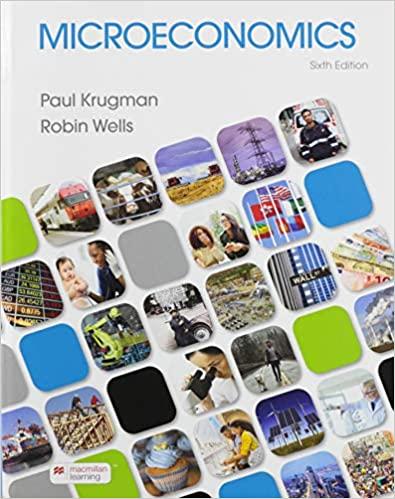In developing a vaccine for the COVID-19 virus, a pharmaceutical company incurs a very high fixed cost.
Question:
In developing a vaccine for the COVID-19 virus, a pharmaceutical company incurs a very high fixed cost. The marginal cost of delivering the vaccine to patients, however, is negligible (consider it to be equal to zero). The pharmaceutical company holds the exclusive patent to the vaccine. You are a regulator who must decide what price the pharmaceutical company is allowed to charge.
a. Draw a diagram that shows the price for the vaccine that would arise if the company is unregulated, and label it PM. What is the efficient price for the vaccine? Show the deadweight loss that arises from the price PM.
b. On another diagram, show the lowest price that the regulator can enforce that would still induce the pharmaceutical company to develop the vaccine. Label it P*. Show the deadweight loss that arises from this price.
How does it compare to the deadweight loss that arises from the price PM?
c. Suppose you have accurate information about the pharmaceutical company’s fixed cost. How could you use price regulation of the pharmaceutical company, combined with a subsidy to the company, to have the efficient quantity of the vaccine provided at the lowest cost to the government?
Step by Step Answer:






